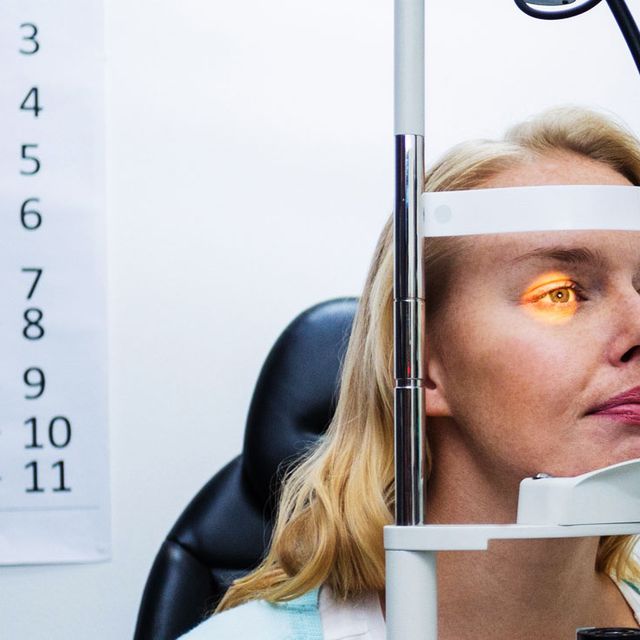
Blog

Comprehensive eye exams are without a doubt the best way to preserve the health of your eyes and your long-term vision. However, many people have never had an eye exam before and have worries or concerns about what is involved. All comprehensive eye exams are non-invasive, fairly straightforward and, when carried out by professionals, extremely successful in identifying any developing problems early so that you can have them treated before they have caused significant difficulties.
Here’s what you need to know about the process of comprehensive eye exams. It is important to note that this can vary a little between different eyecare providers and will be based on your individual needs. The following evaluations are some of the most common.
The Consultation
Before getting started with the assessments for evaluating the health of your eyes and how well you can see, you will first have a brief chat with your eye doctor who is performing your eye exam. They will be very interested in your medical and ocular history (if they don’t already know it) and will want to find out how you feel that your eyes are functioning now. If you have any concerns, this is the time to mention them!
Visual Acuity Testing
This is one of the first tests usually performed in a comprehensive eye exam and determines how sharp your vision is. Most people are very familiar with this test, which is carried out using a projected eye chart to see how clearly you can see at a distance, as well as a hand-held chart to assess your close vision.
Cover Test
This simple and straightforward test looks at how well your eyes work together. To do this, you will be asked to focus on a small object across the room or on the projected screen. Your eyes will then be covered alternately whilst you stare at the object. The test will then be repeated using an object close by.
Eye Movement Testing
This test monitors how your eyes move when following a target such as a light or a pen. If you experience problems with the way your eyes move, you are more likely to suffer from eye strain and other problems.
Depth Perception Testing
As its name suggests, this test is used to determine how effective your visual depth perception is. Again, this is a non-invasive test that requires you to look at a series of patterns and identify the one that is closest to you.
Visual Field Testing
Peripheral vision loss is one of the first indicators of glaucoma. Visual field testing assesses how good your peripheral vision is and whether you have any unusual blind spots. Problems could indicate you have an eye disease.
Slit-lamp Examination
This effective piece of equipment is used to enable your eye doctor to examine the structures of your eye under intense magnification. They will be looking for any abnormalities that could suggest that there is an eye disease causing problems with the health of your eyes or your vision. A wide range of different conditions and issues can be detected using a slit lamp exam, including macular degeneration, cataracts, diabetic retinopathy, corneal abrasions and more.
Glaucoma Testing
Glaucoma is a vision-threatening disease that is progressive and begins very subtlety. This means that early detection is crucial. Testing for glaucoma involves measuring the amount of pressure inside your eyes. High intraocular pressure means you are at increased risk of or are developing, glaucoma and steps must be taken to reduce the pressure so that your vision isn’t permanently damaged.
These are some of the key elements of the process of comprehensive eye exams, and our team would be delighted to explain any aspect in greater detail. If you would like to schedule a comprehensive eye exam, please call Super Optical Express in Gainesville, FL where our experienced and knowledgeable team will be happy to help you.



